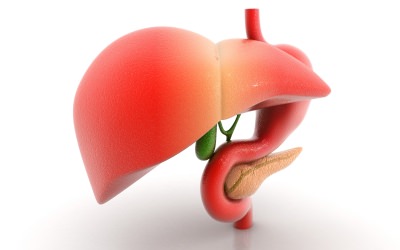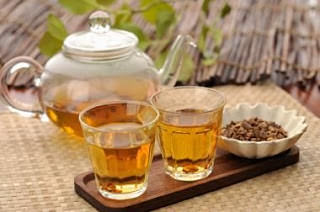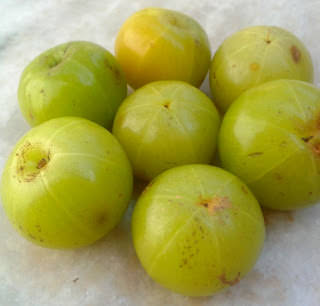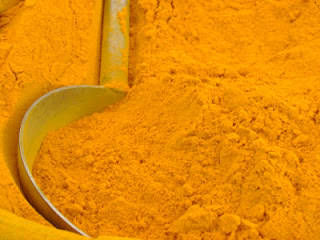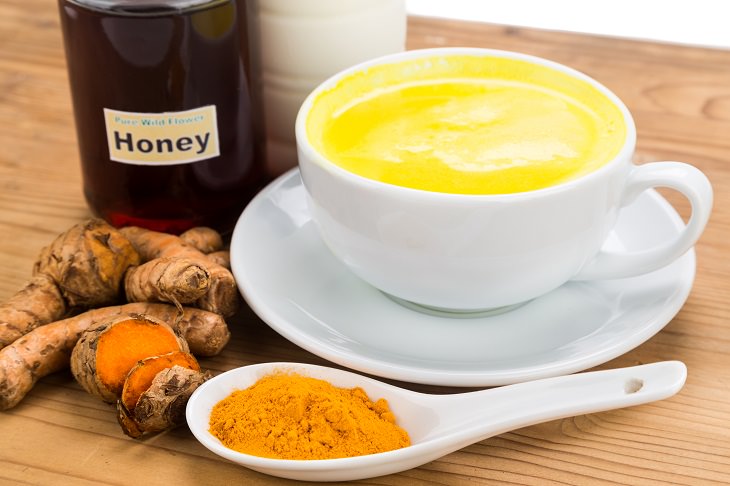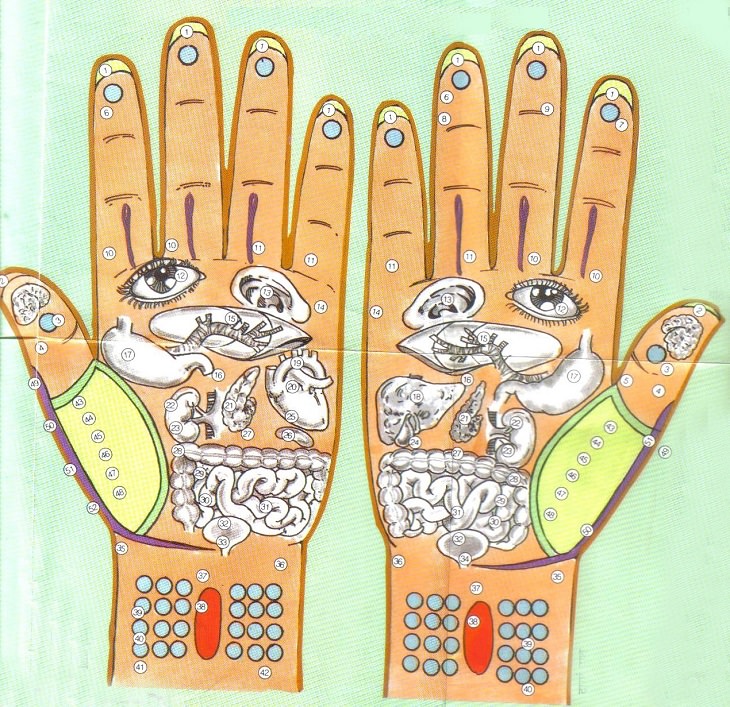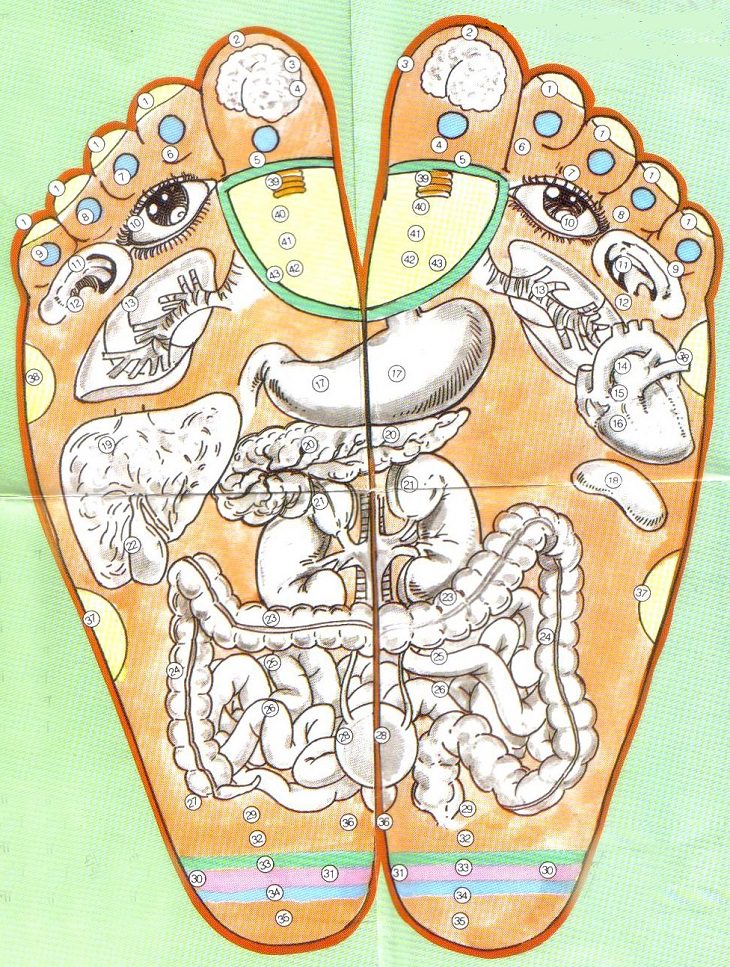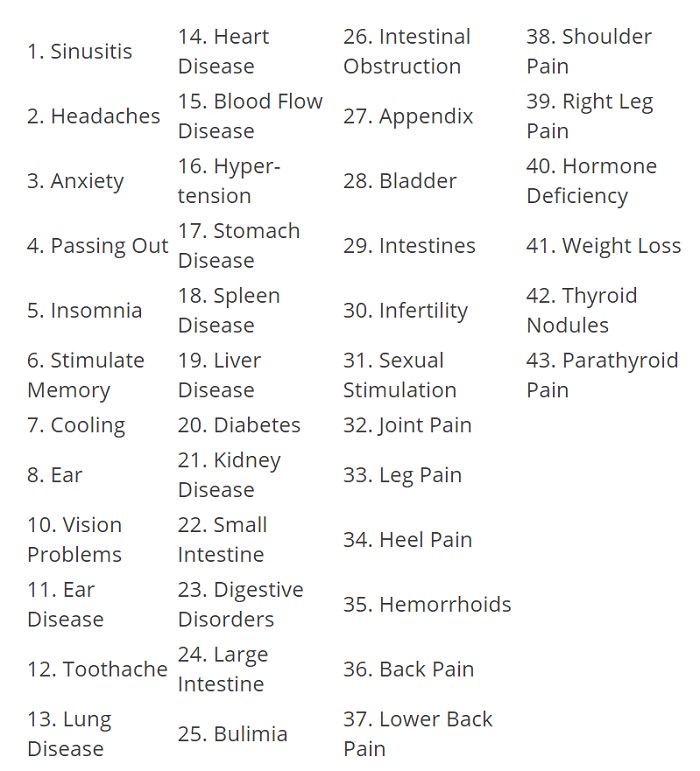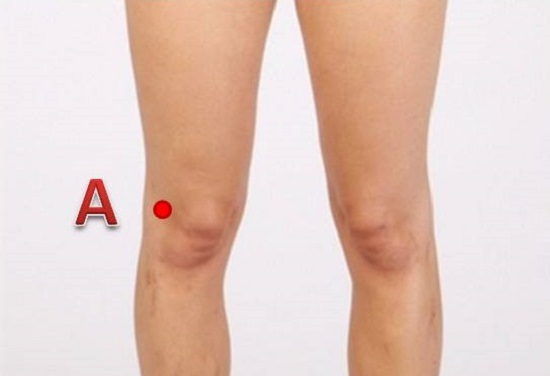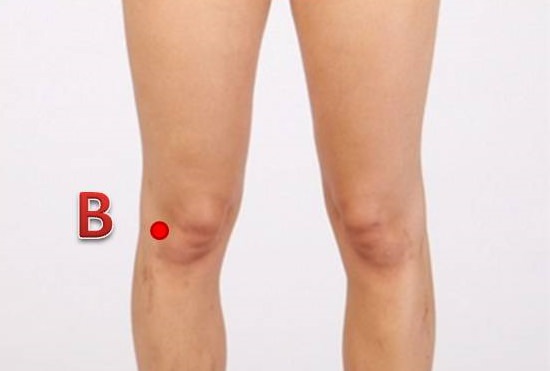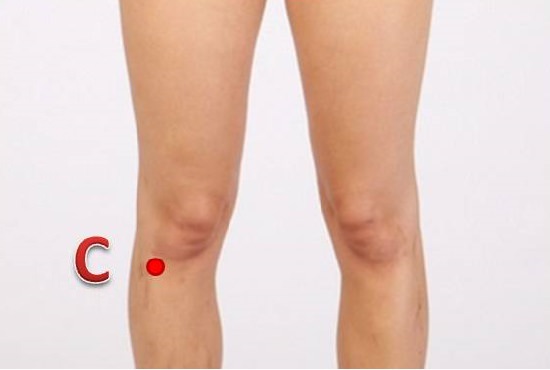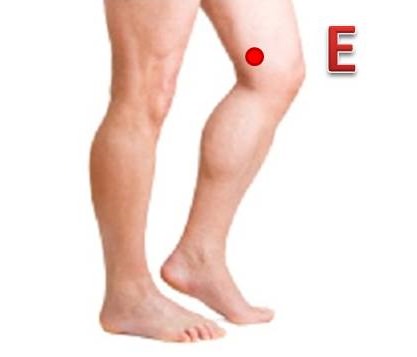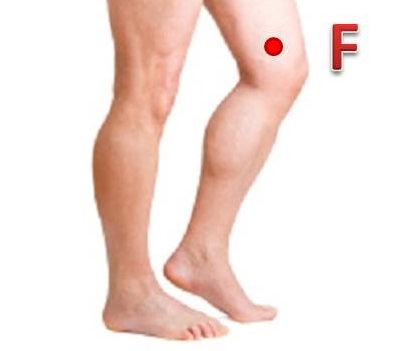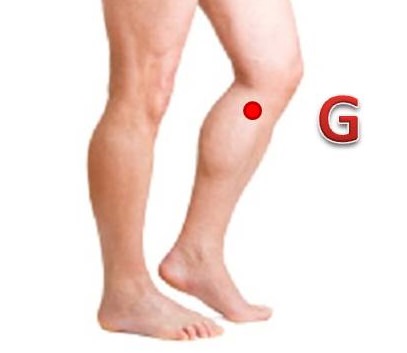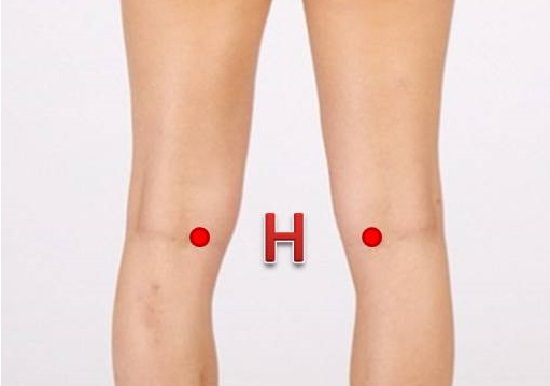05 December 2017
04 December 2017
How to Protect and Heal Your Liver:
03 December 2017
If there's one drink that you should drink before bed, turmeric golden milk tea
is it. This healthy drink helps promote a good night's sleep, cleanses
the blood, heals digestive issues and is an anti-inflammatory that helps
protect against cancer. But its incredible health benefits do not just
stop there.
Turmeric, is renowned for its health benefits. In fact, it has been shown to help in the following:
1. It detoxifies the liver.
2. It clears mucus from the body.
3. It promotes weight loss.
4. Turmeric is a great remedy for acne.
5. It can be used to alleviate a toothache.
6. It helps with pain.
7. It soothes inflamed joints.
8. Turmeric purifies the blood.
9. It helps with depression.
10. It heals wounds.
11. It soothes symptoms associated with eczema.
12. Turmeric helps lower cholesterol.
13. It boosts the immune system.
1. It detoxifies the liver.
2. It clears mucus from the body.
3. It promotes weight loss.
4. Turmeric is a great remedy for acne.
5. It can be used to alleviate a toothache.
6. It helps with pain.
7. It soothes inflamed joints.
8. Turmeric purifies the blood.
9. It helps with depression.
10. It heals wounds.
11. It soothes symptoms associated with eczema.
12. Turmeric helps lower cholesterol.
13. It boosts the immune system.
While
turmeric's health benefits come in the dozen, combining it with other
ingredients, particularly good fats, will help calm the brain, balance
hormones and naturally promote a calm and good night's sleep. The taste
of golden milk tea is incredibly delicious too, and tastes very similar
to warm chai tea.
AstroVighnesh Ph: +91 9445548316 or 9382633377
US: (425) 358-6565 or (716) 777-3857
www.astrovighnesh.com
mail: info@astrovighnesh.com
According to ancient oriental beliefs, every organ in the human body has a representative pressure point in the hand and the foot. According to this method, massaging and applying pressure to this point for about 10 minutes should alleviate pain, cure diseases and make us feel much better. Get to know the most important pressure points in the hands and feet:
US: (425) 358-6565 or (716) 777-3857
www.astrovighnesh.com
mail: info@astrovighnesh.com
According to ancient oriental beliefs, every organ in the human body has a representative pressure point in the hand and the foot. According to this method, massaging and applying pressure to this point for about 10 minutes should alleviate pain, cure diseases and make us feel much better. Get to know the most important pressure points in the hands and feet:
- AstroVighnesh
Ph:+919382633377 or+919445548316
Discomfort in the knees can make everyday tasks seem pretty daunting, from simple walking to climbing up stairs. Yet, while ensuring that your knees get enough rest is important, keeping your bones and muscles strong by engaging in these knee exercises will help alleviate the pain. Effective home remedies to treat knee pain may also prove to be helpful, but adding to all of this, one remedy you should try is acupressure. Working on specific points, located in your knees can speed up your recovery. Here are some of the vital acupressure points located in this area:Before you start: If you have a serious illness or life-threatening disease such as heart disease or cancer, consult with a professional before practicing acupressure. Drink plenty of warm water after the massage. This will help clear away toxic substances in the body.Location: This point is located just below the kneecap in the outer indentation.
Benefits: Massaging this point will help relieve knee pain, knee stiffness, rheumatism of the feet and edema.Location: This point is located on the outside of the lower leg, below and in front of the top of the shinbone.
Benefits: Massaging this point will relieve excessive knee pain, muscular tension, aches and muscle strains.Location: Measure four finger widths below the kneecap and located just on the outside of the shinbone is the Three Mile Point.
Benefits: Applying pressure to this point will strengthen your whole body, tone your muscles and relieve knee pain.Location: On the outside of the knee, just where the crease ends when the knee is bent, you will find the Commanding Activity point.
Benefits: Apply pressure here to relieve knee pain and stiffness.Location: On the inner edge of the knee crease, in the hollow between the two tendons.
Benefits: This point alleviates knee pain and abdominal pain.Location: This point is located on the inside of the knee, just where the crease ends when the knee is bent.
Benefits: Massaging this point relieves knee pain, fibroids, and swelling in the knee.Location: This point is located on the inside of the knee, just on top of the shinbone.
Benefits: Massaging this point relieves knee problems, swelling, leg tensions, varicose veins, edema, water retention, and cramps.












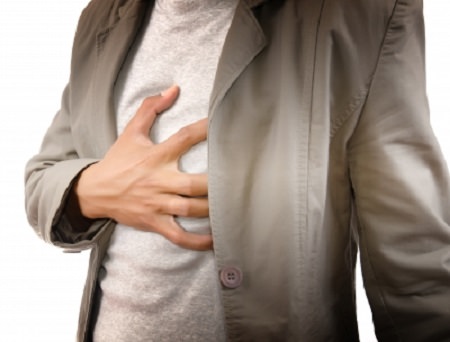
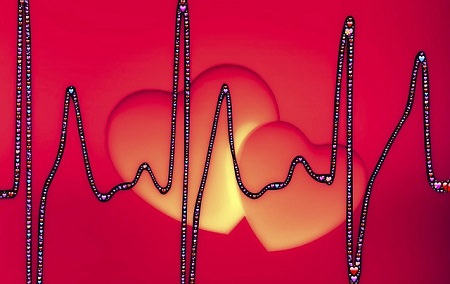
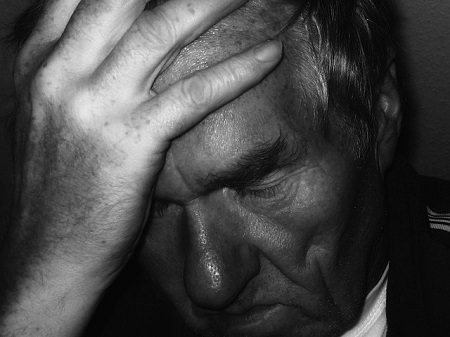
 Although the conditions can all develop suddenly, there are often a number of indicators that people can use to identify a developing issue. Some of the symptoms can be shared between two of the conditions, but there are also some differences that can help you distinguish between them:
Although the conditions can all develop suddenly, there are often a number of indicators that people can use to identify a developing issue. Some of the symptoms can be shared between two of the conditions, but there are also some differences that can help you distinguish between them: In over half the cases, cardiac arrest occurs without symptoms as a 'sudden event'. However, some sufferers do experience a number of symptoms in the run up to a problem, which can be considered indicators of an imminent arrest. These include:
In over half the cases, cardiac arrest occurs without symptoms as a 'sudden event'. However, some sufferers do experience a number of symptoms in the run up to a problem, which can be considered indicators of an imminent arrest. These include: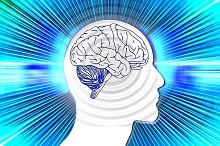
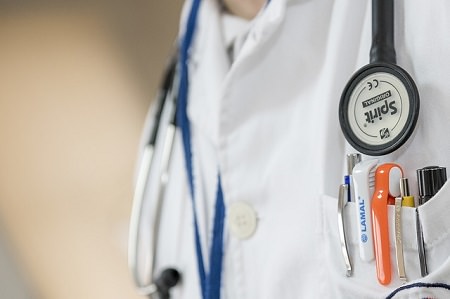
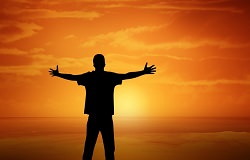 There is no need to live in fear of any of the disorders, but you should always seek medical attention if you have any concerns that you are displaying symptoms. Heart attacks and strokes in particular do often give notice of an upcoming event, and medical treatment could prevent the event becoming catastrophic. Learn CPR to put yourself in a position to help someone who suffers from sudden cardiac arrest and you may just save a life.
There is no need to live in fear of any of the disorders, but you should always seek medical attention if you have any concerns that you are displaying symptoms. Heart attacks and strokes in particular do often give notice of an upcoming event, and medical treatment could prevent the event becoming catastrophic. Learn CPR to put yourself in a position to help someone who suffers from sudden cardiac arrest and you may just save a life.